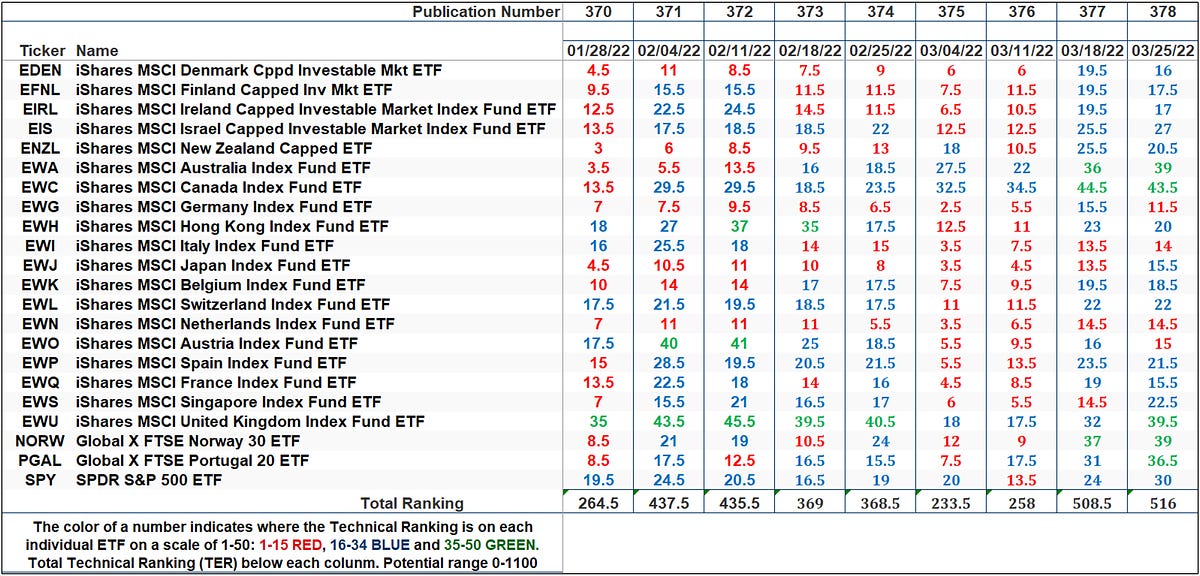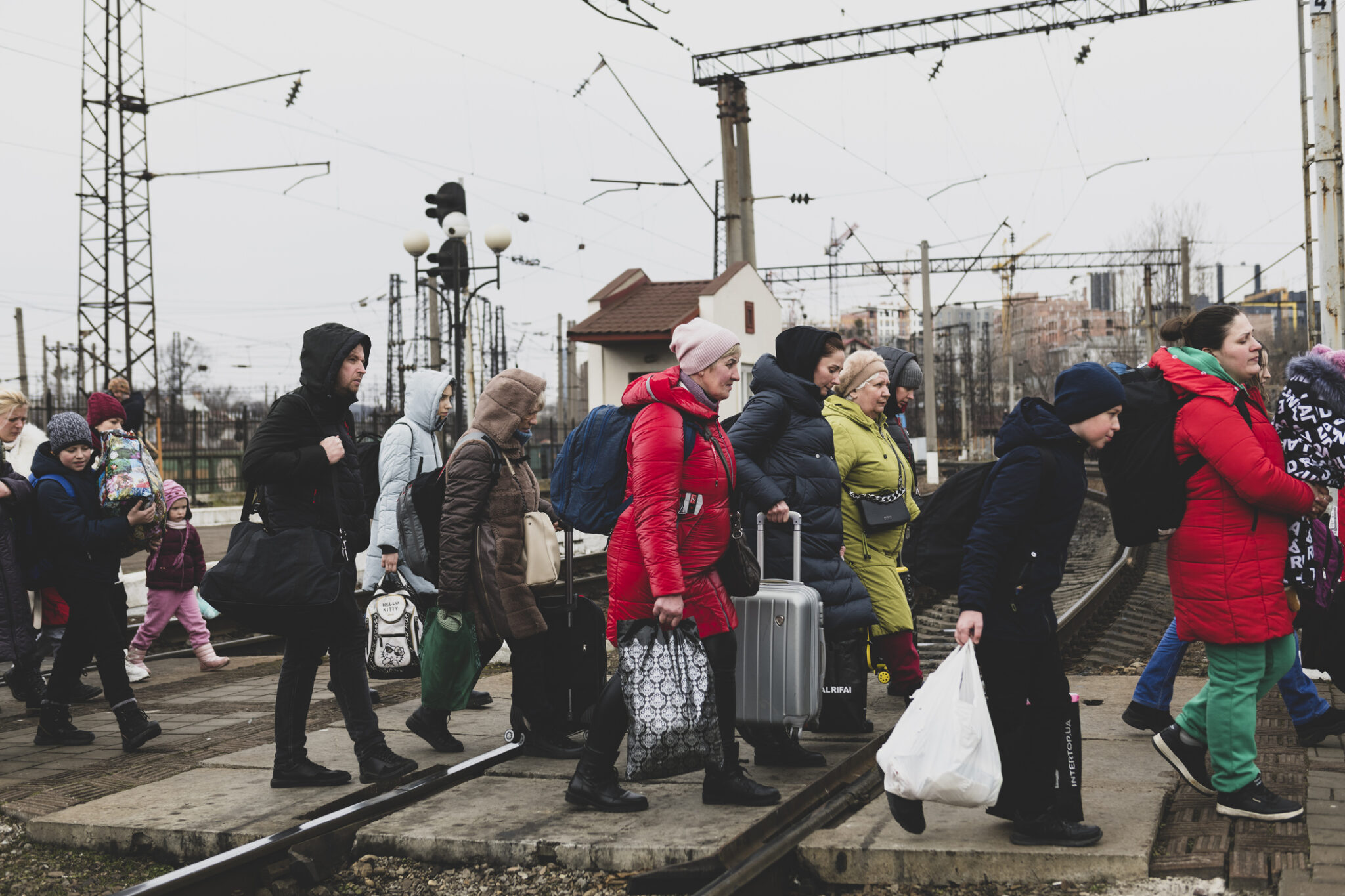[ad_1]
The southern Mexico state of Oaxaca, its capital noted for the best cuisine in the country, and its central valleys for mezcal production, craft villages and ruins, still gets a bad rap for supposed violence and safety and security concerns. In recent years its pristine beach resorts such as Huatulco and Puerto Escondido have been receiving the brunt of adverse media reports. All this despite the fact that as long as one exercises reasonable precautions, tourists should feel even more secure than in their home cities and towns outside of Mexico.
Oaxaca is by and large a safe state for tourists. Mexican nationals are vigilant and so should be visitors. The former have been taught from a very young age, while the latter need some instruction.
Kidnapping. The bad guys target the wealthy for ransom. While they may not be all that smart, they do know that kidnapping a tourist is no guarantee of a big payday. So they abduct those (mainly women and children) whose families they reasonably assume have significant financial resources. Some people flaunt their wealth by driving Mercedes and wearing flashy gold jewellery. They and members of their families are the targets, not you the visitor. These residents live in large homes in wealthy parts of town. They own very successful retail and wholesale businesses. The proprietor of one well-known construction materials supply chain was kidnapped twice over the course of about 15 years. Presumably that target now has a 24/7 bodyguard.
My wife wanted to buy a Mini Cooper, the only small car she really liked. She wanted a red one. We live in a semi-rural suburb of Oaxaca. Most of our neighbors are of fairly modest means. Why draw attention to us? I suggested a grey Mini, and that the two stripes it comes with be removed by the dealership. While the Mini logo remains, the car is now much more unobtrusive and more or less blends in. And while our house is large, it features traditional construction and is pretty much hidden by large plants which flower year round. It looks modest compared to the modern homes which more recently have been built by a few neighbors; those who park their black SUVs and fancy Audis in their three car garages.
Theft. The 80-year-old upper class mother of a Canadian friend visited Oaxaca. I met with her to advise what to do where and when, and about safety. I suggested that she dress down. She responded that she always does when travelling, despite at the time wearing designer clothes and expensive earrings and necklace. Her male companion and I looked at each other in disbelief.
If a point and shoot will suffice, leave the camera with the $3,000 lens at home. Alternatively, when walking through marketplaces, keep the camera and bag in a non-descript polyurethane bag which you can purchase pretty well all over the state for 5 – 10 pesos. That’s what the locals use when out in the markets shopping. Sure, you’ll still look like a tourist, probably, but will be less likely a target of thieves that the next tourist walking by the scoundrel.
Listen to what the locals tell you. I advised a white American client to not walk through the Central de Abastos Oaxaca market on Saturdays, the busiest market day, because the thieves target passersby, Mexicans as well as foreigners, on that day much more so than the others. A few days later I was speaking to her and she said “I just went to Abastos on Saturday to get my bearings for when I needed to take a colectivo on another day.” She had her gold earrings ripped right out of her ears.
When in marketplaces be particularly careful in crowded areas or if groups of people, even women, appear to be too close to you. In a couple of weekly market towns near Oaxaca, swarmings by women have been noted. You’re brushed up against, and the next thing you know your wallet, purse or passport is missing. Hold your camera and purse snugly in front of you and leave your passport in your hotel room (but keep photos of your tourist card and passport photo page with you). Backpacks are easy targets as well, so if you must, keep it in front of you. For a day excursion, only take as much cash as you could reasonably need, and one credit card. Surely you don’t need your New York drivers’ license with you.
Assaults & Worse. Bad things happen to good people all over the world, all the time, in their home cities and towns. Oaxaca, Huatulco and Puerto Escondido are no different. There are pockets of urban areas notorious for assaults and robberies all over the world, and here is no different. Typically theft is the main motivation, so again, dress down and listen to what residents tell you. Ask about venturing out after dark, and if there are any particular areas which you should avoid day or night. Some areas in and around the city of Oaxaca even have neighborhood watch groups to address recent spates of robberies and thefts. Women and youths seem to be the targets, likely because of a perceived lack of physical strength, and the former where sexual predators are lurking. For this, I suppose type of dress should be a consideration; the less someone considers you provocative, the less likely you will encounter problems. Call me out of touch or sexist if you like, but parts of the world are still rather misogynistic, so heeding a bit of advice may go a long way to avoiding trouble.
Epilogue. The state of Oaxaca is essentially safe and secure for both residents and visitors; men, women and children. If it wasn’t, I and many others who live here but were born and raised outside of Mexico, wouldn’t have elected to uproot and move. For most of us it wasn’t the climate or cost of living, but rather because of lifestyle, the multiplicity of rich cultural traditions, and safety. But we all exercise reasonable precautions, no more or no less than we did in our birth countries.
For visitors, just remember that those who have cautioned that Mexico is unsafe, are probably people who have never visited the country and rely on sensationalistic media reports or paternalistic state department cautions in forming their opinions and providing fodder for their advice.
[ad_2]
Source by Alvin Starkman














